How can we renew our approach to brand research?
At a time when brands have an omnichannel presence, on the web, in-store and on social networks, new digital monitoring tools and evaluation techniques that reflect the reality of customer journeys and targets already exist. The challenge is to learn from them..
Brands in the digital age require us to develop the following types of research: customer journey measurement, image assessment and evaluation of launches (advertising, new offers).
So to understand today's customer journeys, we first need to identify the possible customer journeys and then equip ourselves with techniques that are not new, but have been redesigned to provide in-depth insights into each journey. Full web or full shop, from web to shop, from shop to web, approaches combining ergonomics, consumer diaries and interviews are rich in insights that are both functional and emotional, capable of transcribing the customer experience. Ergonomics is used on websites and apps, but also of course in-store, where the fluidity of the customer journey is monitored: identifying bottlenecks, the most effective ways of communicating with customers and the most effective ways of communicating with them. call to action (digital or merchandising) that are not seen or understood (lexicon), with navigation leading to dead ends with no way forward, it is possible to propose functional solutions (rebound zones) to avoid breaking the path and ultimately losing the customer.
This ergonomic approach can be applied in flashThis can be done prior to testing a site or application, so as to produce a mock-up that is as finalised as possible. Or in enhanced format.
At the same time, digital consumer diaries - commissioned following an assignment entrusted to consumers - increase spontaneous feedback and illustrate, through the photos, films or screenshots they post to us, the real-life situations they experience online or in shop.
Brand image is now explored first and foremost on the social web, before meeting customers, prospects and influencers. Our social web monitoring tool allows you to select a panel of dedicated sources, most often excluding official or journalistic sources, to focus on the most relevant information. earned media. We focus on posts social networks, personal blogs, forums and also media forums, which are a real treasure trove. Content analysis is not only interesting in its own right for understanding a brand's reputation and identifying the ROI of launches, but can also be used as a stimulus during focus groups or interviews; because consumers are exposed to these verbatims, which also influence their opinion: a attitudinal trailwhich is well known in political research. Hence the importance of understanding which social network is the most active for the brand.
Assessing the brand's reach, engagement and speed of engagement then provides key information about brand attachment. Identifying associated keywords and brands provides a semantic map of the brand. Our tool can even pinpoint the location of posts on a geographical map to measure the local actions that can be implemented: a real digital ROI for the actions launched.
Finally, the data needs to be reconciled to give a complete picture. To do this, we recommend organising a Build & Share workshop. with all the stakeholders holding structured data within the company. Cross-analysis of these different paths, enriched with data from the social web and internal data from stores/sites/apps, makes it possible to weight customer paths, paint a realistic picture of the brand's reputation and pinpoint the key areas on which to focus optimisation.




